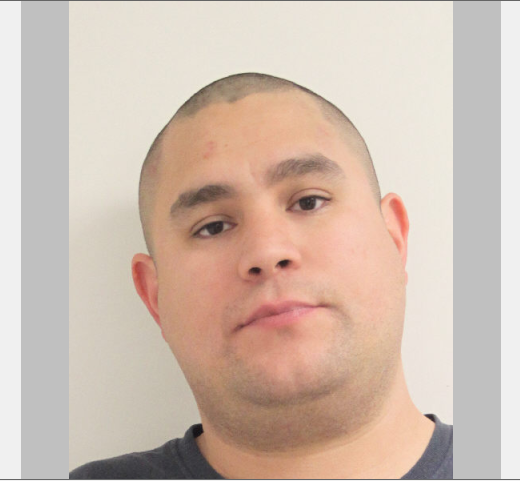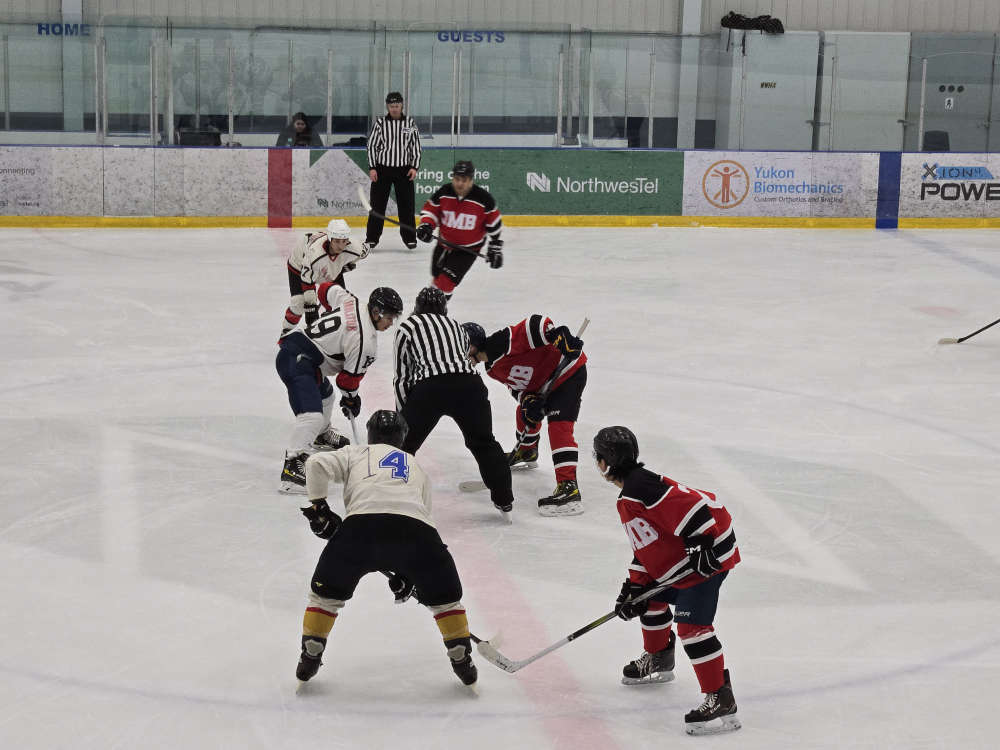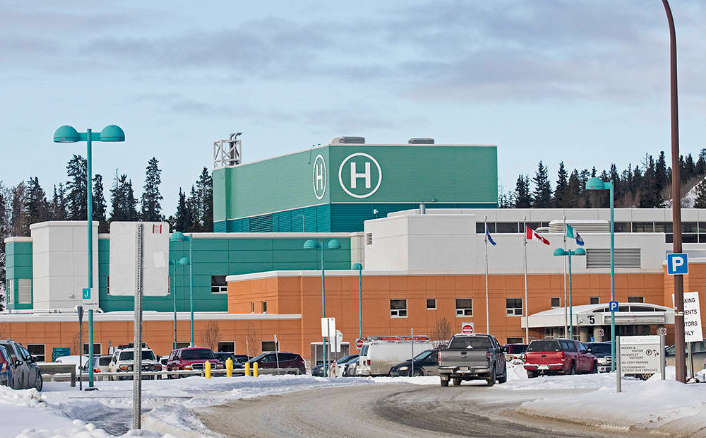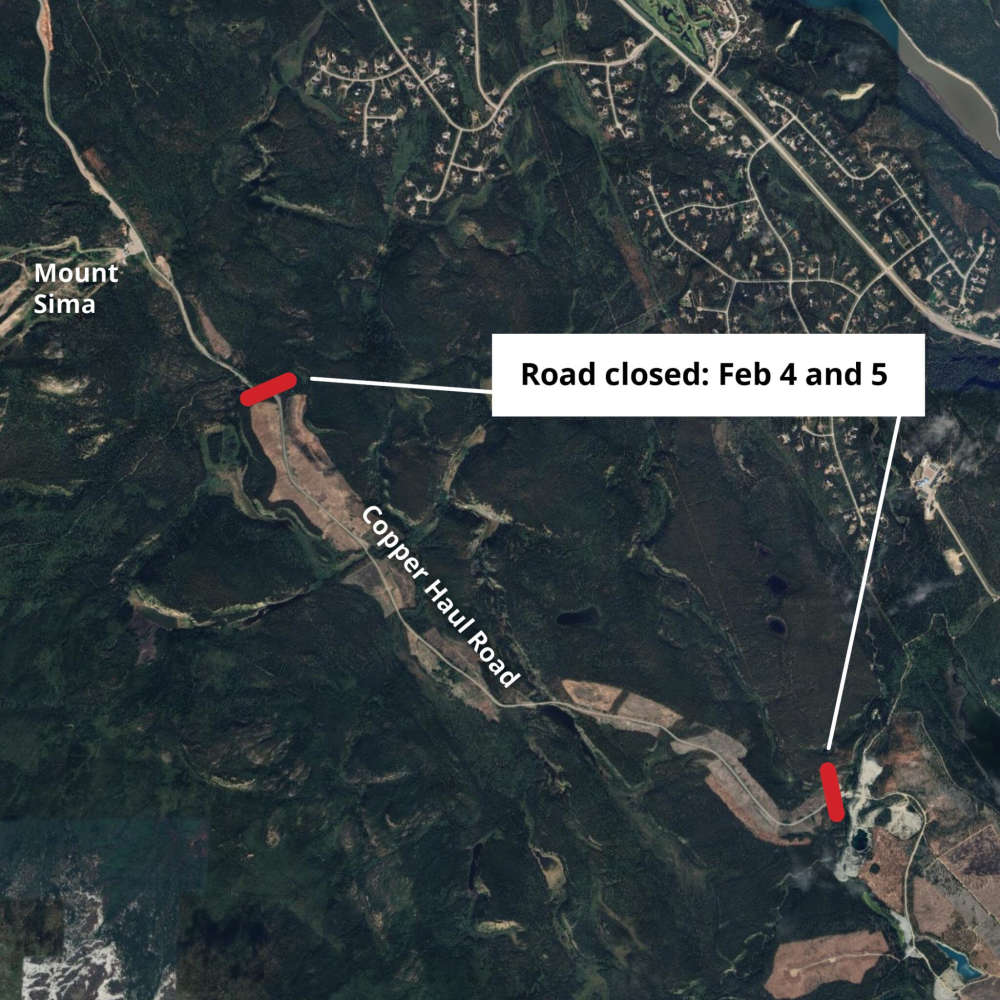
Despite being closed very briefly this afternoon, the North Klondike Highway remains open at this time. Here are some of the fire developments from today.
CENTRAL AND NORTHERN YUKON WILDFIRES
Despite being closed very briefly this afternoon, Yukon Wildland Fire Information Officer Mike Fancie says the North Klondike Highway remains open at this time. The 13000-hectare Hunker Summit and 83000-hectare Pigue Creek wildfires continue to burn just kilometres from the North Klondike Highway southeast of Dawson City.
While Fancie highlights one planned burnout in the Dawson area is still waiting to be carried out to protect local fibre optic and telephone lines along the North Klondike Highway, another burn-out has already successfully been conducted.
"At one of those locations, nearer to Clear Creek and south of the McQuesten Airstrip, it is still to be determined to see if it's safe enough proceed with that burn-out. We hope to be able do it this afternoon. At this point and time, the fire is about half a kilometer from the highway at that portion of the road. At another portion near Flat Creek, the fire is about two kilometres away from the highway. There, we successfully conducted a burn-off that we hope will improve the highway's ability to withstand the challenges of the fire." - Wildland Fire Information Officer Mike Fancie
Fancie says the 1245-hectare Beaver Creek Area Fire continues to burn on both sides of the Alaskan Highway, with officials still looking to secure the Snag Campground in western Yukon. The 2400-hectare Volcano Mountain fire northwest of Carmacks is also threatening certain values around the area its burning.
Fancie highlights that travelers should check 511 Yukon in the event that any of the territorial highways are shut down from wildfires.
YUKON FIRST NATIONS WILDFIRE UPDATE
Yukon First Nation Wildfire CEO Chad Thomas says all of his firefighting crews are currently out battling Yukon wildfires in the territory.
Thomas notes central and northern Yukon are where the majority of his crews are.
"30 folks from our unit crew are in Dawson. They're split up. There's 20 folks working on the fire near Hunker Creek. There's another 10 working on a fire by Stewart Crossing."
Thomas says while the majority of his crew are up in the Klondike regions battling wildfires, his crew are also stationed in Haines Junction, Mayo, Carmacks and Ross River.
Thomas says 50 of his crews are up in Dawson battling local wildfires, with another 15 firefighters being stationed in Mayo and the rest located in Carmacks, Ross River and Haines Junction.
While conducting burnouts to help prevent the wildfires from reaching the Klondike Highway has been much of the discussion around the two prominent wildfires southeast of Dawson, Thomas notes conditions have to be ideal for them to work.
"They can do burn-offs on certain flanks, but you have to make sure you're steering (the fire) with certain drainages and maybe sawlines. That also includes backing the fire up with a dozer line. The wind also has to be going a certain way."
Thomas says it's possible that the Yukon government will have to call more out-of-territory firefighters if conditions get worse in the territory.
"We have every single firefighter from Yukon First Nation Wildfire either on an initial attack waiting for a next start or that is out on a wildland fire. The majority of our resources haven't had days off in quite a while. If something else were to happen, I think it's safe to say that our resources in the Yukon are stretched pretty thin... the Yukon government would probably have to call in more resources."
According to the Yukon Fire Map, there are a total of 35 active fires in the territory.



 Elon Musk's empire feels the pinch: Yukon Government's counter-measures
Elon Musk's empire feels the pinch: Yukon Government's counter-measures
 Six Yukon Artists selected as finalists for prestigious Visual Arts Prize
Six Yukon Artists selected as finalists for prestigious Visual Arts Prize
 Kwanlin Dün First Nation celebrates 20th Anniversary of Final Agreement
Kwanlin Dün First Nation celebrates 20th Anniversary of Final Agreement
 Yukon RCMP Traffic Services are investigating a collision between a police vehicle and a cyclist
Yukon RCMP Traffic Services are investigating a collision between a police vehicle and a cyclist
 Former teacher calls out education minister for inaction
Former teacher calls out education minister for inaction
 Yukon RCMP issue arrest warrant
Yukon RCMP issue arrest warrant
 Yukon Native Hockey Tournament kicks off its 45th anniversary with more teams than ever before
Yukon Native Hockey Tournament kicks off its 45th anniversary with more teams than ever before
 Whitehorse RCMP search for missing man
Whitehorse RCMP search for missing man
 B.C. man, two Watson Lake residents arrested on warrants in Whitehorse
B.C. man, two Watson Lake residents arrested on warrants in Whitehorse
 Ross River RCMP arrest two men in separate, unrelated investigations involving stolen rifles
Ross River RCMP arrest two men in separate, unrelated investigations involving stolen rifles
 Medical Staff Association president raise "significant concerns" surrounding acute care at Whitehorse General
Medical Staff Association president raise "significant concerns" surrounding acute care at Whitehorse General
 Whitehorse count indicates 83 per cent of homeless in 2024 were Indigenous
Whitehorse count indicates 83 per cent of homeless in 2024 were Indigenous
 Whitehorse RCMP seek public's help in locating missing 73-year-old man
Whitehorse RCMP seek public's help in locating missing 73-year-old man
 CYFN opens new wellness centre in Whistle Bend
CYFN opens new wellness centre in Whistle Bend
 'Old Crow a Philosophy' makes global premiere at YAC
'Old Crow a Philosophy' makes global premiere at YAC
 Yukon First Nations Culture and Tourism Association cancels events for 2025, including Adäka Festival
Yukon First Nations Culture and Tourism Association cancels events for 2025, including Adäka Festival
 Whitehorse residents and Yukon NDP speak out against a proposed transit fare hike
Whitehorse residents and Yukon NDP speak out against a proposed transit fare hike
 Diane Strand wins Haines Junction mayoral byelection
Diane Strand wins Haines Junction mayoral byelection
 Copper Haul Road closure announced for bridge repairs
Copper Haul Road closure announced for bridge repairs